Reviewed by Julianne Ngirngir
When you trace Apple's AI journey back to its roots, the warning signs were there from the beginning. Back in 2018, it looked like Apple's artificial intelligence efforts were finally getting on track when Craig Federighi announced the blockbuster hire of John Giannandrea from Google to head AI. The move felt like a masterstroke—bringing in the executive who had been running Google's search and AI groups, the person behind cutting-edge AI deployments in Photos, Translate, and Gmail.
But fast-forward to today, and the situation tells a dramatically different story. Apple execs in Cupertino admitted that their efforts with Siri were actually "embarrassing," forcing them to pull advertisements promoting features that didn't exist. The question isn't just whether Apple can catch up—it's whether the company's fundamental approach to AI development is creating an existential crisis that could fundamentally reshape its future.
The great AI divide: Cue's acquisition strategy vs. Federighi's build approach
Two very different philosophies are emerging at Apple, creating an internal tension that reveals just how uncertain the company's AI strategy has become. On one side, we have a pragmatic, acquisition-focused approach that acknowledges Apple needs to move fast. Tim Cook stating that Apple is "very open to M&A that accelerates our roadmap" signals a willingness to buy their way out of the AI crisis. With Apple having acquired around seven companies this year alone and Apple's cash hoard of more than $130 billion, the company certainly has the financial firepower to make major moves.
Meanwhile, Craig Federighi has taken a dramatically different approach that represents both innovation and potentially Apple's biggest limitation. Federighi has instructed Siri's machine-learning engineers to do whatever it takes to build the best AI features, even if it means using open-source models from other companies. This represents a major philosophical shift from Apple's traditionally closed approach, where until recent leadership changes, engineers could only use third-party LLMs for benchmarking against their own models during testing.
The fundamental question isn't just about strategy—it's about whether Apple can adapt to a world where the old rules no longer apply. While competitors ship and learn in public, Apple remains committed to its behind-closed-doors perfectionism, a philosophy that worked brilliantly for hardware but may be fundamentally incompatible with AI development.
Why the acquisition path might be Apple's only option
Let's be honest about where Apple stands right now. Apple's current models are relatively underpowered, with its on-device model having 3 billion parameters and its cloud version having 33 billion, compared to competitors like OpenAI and Google who are operating at scales that dwarf these figures. More concerning, according to internal data described to Bloomberg Businessweek, Apple's technology remains years behind the competition's.
The talent situation reveals deeper systemic problems. Meta made headlines by offering a staggering $200 million annual package to lure Pang Ruoming, head of Apple's foundational model team, away from the company. The reason behind his departure exposes a fundamental flaw in Apple's approach: his team's achievements couldn't be revealed to the public until the technology made it into a shipped product, trapping top-tier scientists in a system where great work couldn't be seen or celebrated.
This isn't just about individual departures—it's about Apple's inability to compete in the new AI talent ecosystem. Apple has had far fewer AI-focused employees than its competitors, and acquired fewer high-end GPUs necessary for training large language models than competitors. When you're already behind on resources and hemorrhaging your best people, building from scratch becomes increasingly impossible.
This is where the acquisition argument becomes compelling. Perplexity AI is considered the most likely acquisition target in the multibillion-dollar range, valued at around $14 billion. For perspective, a $14 billion acquisition by Apple today would represent the same half a percent of its market cap as the Beats acquisition was back in 2014. Apple could make its biggest acquisition ever while taking the same relative financial risk as previous successful deals.
The build-first philosophy faces reality
Federighi's approach reflects Apple's traditional DNA—the belief that with enough patience and demanding standards, you can build something better than anyone else. It's the philosophy that gave us the iPhone, the iPad, and countless other category-defining products. But it's colliding with harsh realities that suggest this approach might be fundamentally incompatible with AI development.
The technical execution problems are becoming impossible to ignore. When many features Apple had been touting did not actually work when Federighi started running a beta on his own phone, the company faced a painful reckoning. The WWDC demos were videos of an early prototype, portraying what the company thought the system would be able to achieve rather than actual working features. This reveals a fundamental disconnect between Apple's ambitions and its current capabilities.
Federighi explained that the problem was caused by trying to roll out a version of Siri that merged two different systems: one for handling current commands and another based on large language models. When the company realized that version wouldn't meet customer expectations, it pivoted to focusing on what Federighi called "V2"—a deeper end-to-end architecture.
But here's the fundamental problem: while Apple perfects its approach behind closed doors, competitors are shipping and iterating in public. The AI space rewards companies that can fail fast, learn quickly, and adapt in real-time based on user feedback and real-world deployment. The resource allocation disparity makes this challenge even more daunting. While Google projected $85 billion in capital expenditures for fiscal 2025 and Meta estimated as much as $72 billion in annual spending, Apple's investment remains a fraction of what their competitors are spending.
The stakes couldn't be higher
The implications of this internal debate extend far beyond Siri improvements or Apple Intelligence features—they go to the heart of whether Apple can maintain its position as a technology leader in an era where the fundamental rules of competition are changing. Cook stated that the AI revolution is "as big or bigger" than the internet, smartphones, cloud computing and apps, and promised to make the investment to dominate it. The company is significantly growing its investment and reallocating a fair number of people to focus on AI features within the company.
Yet the execution continues to stumble in ways that suggest deeper problems than resource allocation. Apple was sued for false advertising with Apple Intelligence, and the company later removed the "available now" text from the Apple Intelligence page on its website. These aren't small missteps—they represent a fundamental breakdown in Apple's traditionally meticulous approach to product development and marketing.
The improved Siri is now expected in the spring of 2026—a timeline that puts Apple years behind competitors who are already shipping AI-powered experiences to millions of users. In technology, especially in fast-moving areas like AI, being years behind isn't just a competitive disadvantage—it threatens Apple's ability to define entire technology categories rather than follow others' innovations.
The choice between acquisition-focused and build-first approaches isn't just about AI strategy—it's about whether Apple can maintain its position as a company that redefines how we interact with technology rather than one that adapts to others' visions of the future.
Where does Apple go from here?
The tension between these two approaches reflects a deeper question about Apple's identity in the AI era. Apple's homegrown approach often works out fine—the company built TV+ from the ground up instead of buying Netflix, and resisted calls to acquire Tesla or Rivian. This traditional approach has served Apple well in many areas, allowing the company to maintain control over user experience and integrate solutions deeply into its ecosystem.
But AI presents unique challenges that may not fit Apple's traditional playbook. Buying a multibillion-dollar AI company would be a radical shift from Apple's conservative M&A strategy, even as sticking to business as usual risks leaving the company further behind in the tech race. The stakes are particularly high because AI isn't just another product category—it's a foundational technology that could reshape how people interact with all technology.
The clock is ticking, and Apple's executives clearly feel the pressure. The meeting signaled that Apple felt the need to rally its troops, take control of its AI strategy, and stem the ongoing brain drain to rival companies. Tim Cook's acknowledgment that Apple's cash pile allows it to wait out any storm suggests the company still has confidence in its ability to eventually succeed, but the question remains whether "eventually" will be soon enough.
Whether Apple chooses to buy its way to competitiveness through major acquisitions or build its way back to leadership through internal development, one thing is clear: the company's traditional approach of waiting until it can do something perfectly is increasingly at odds with the iterative, fast-moving nature of AI development. The internal tension between these philosophies may ultimately determine whether Apple remains a technology leader or becomes another cautionary tale about companies that couldn't adapt to paradigm shifts they didn't create.




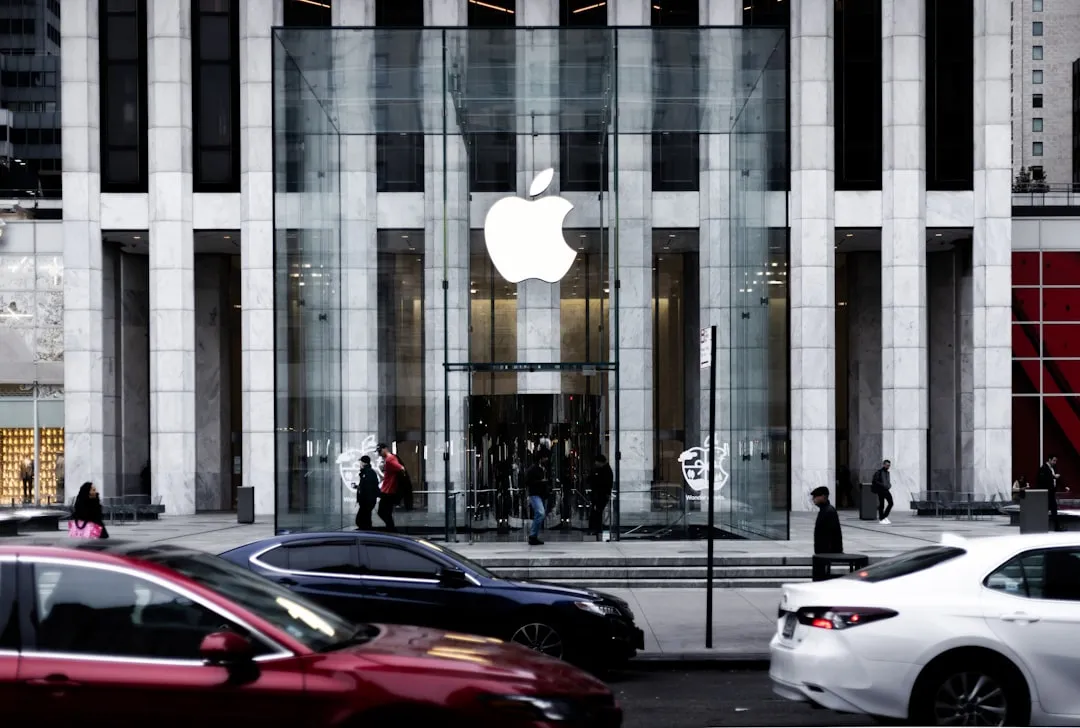
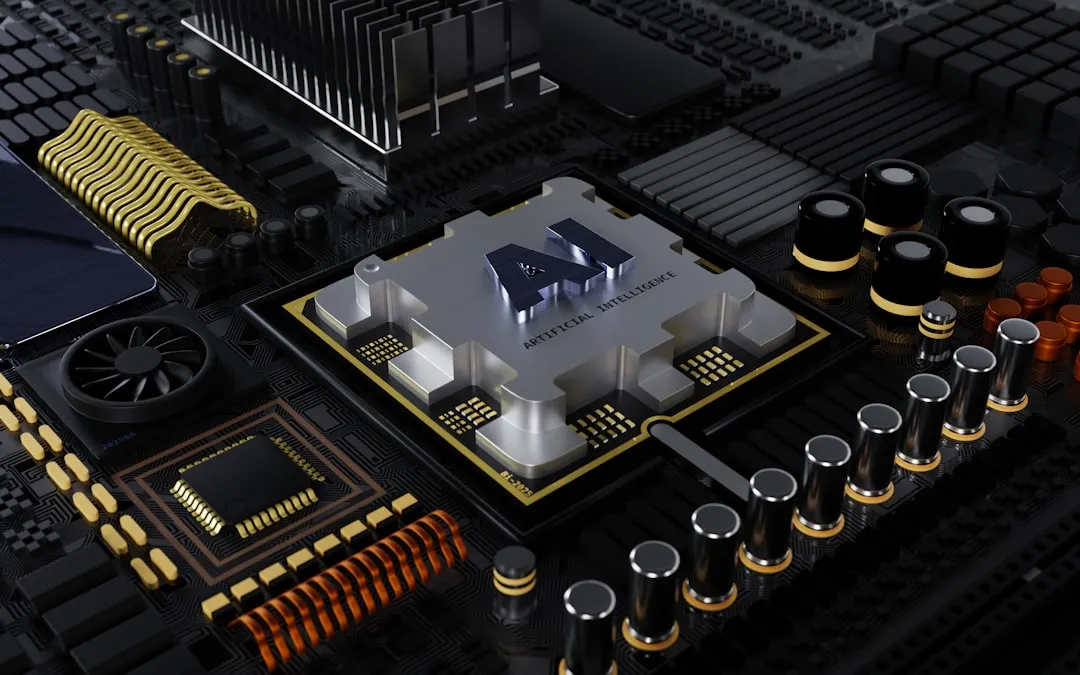
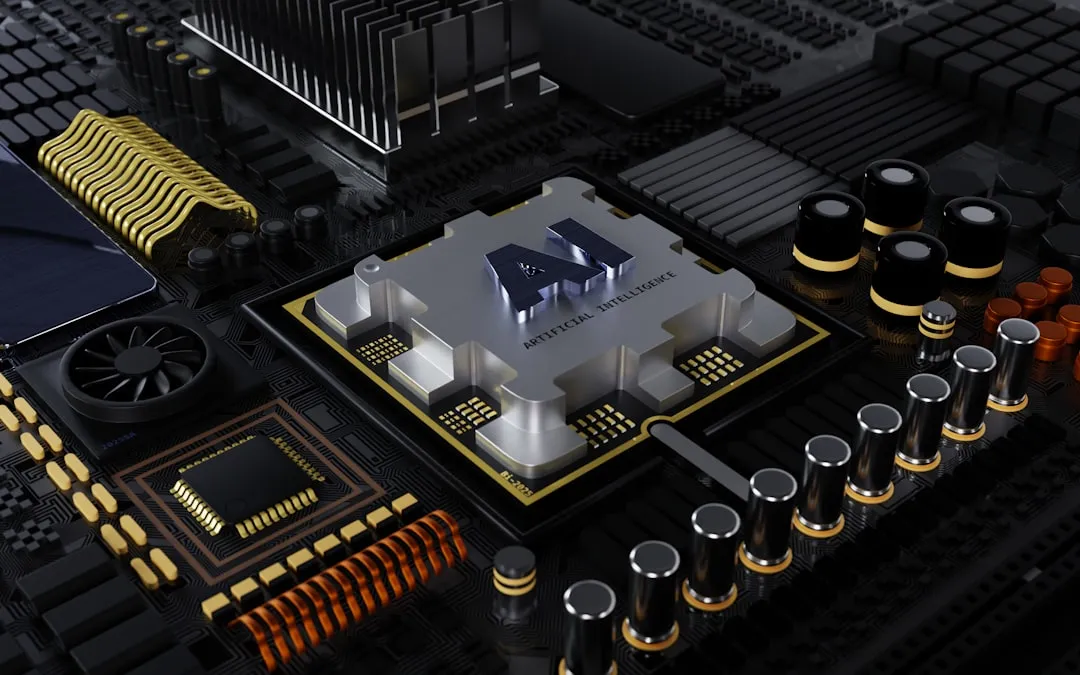
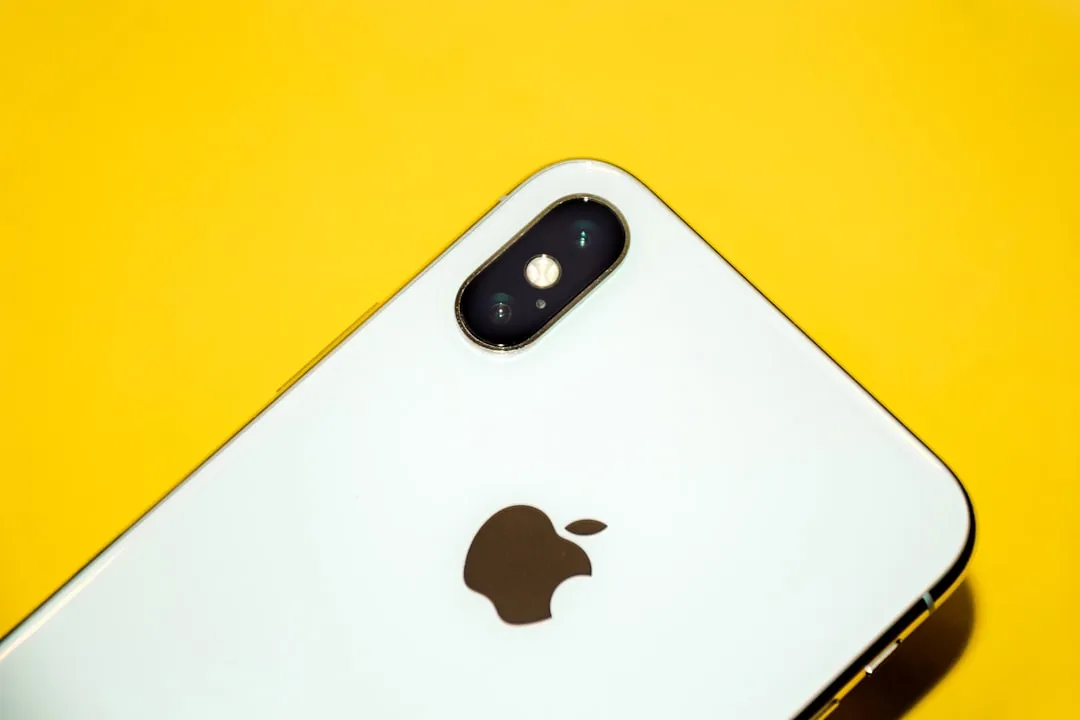

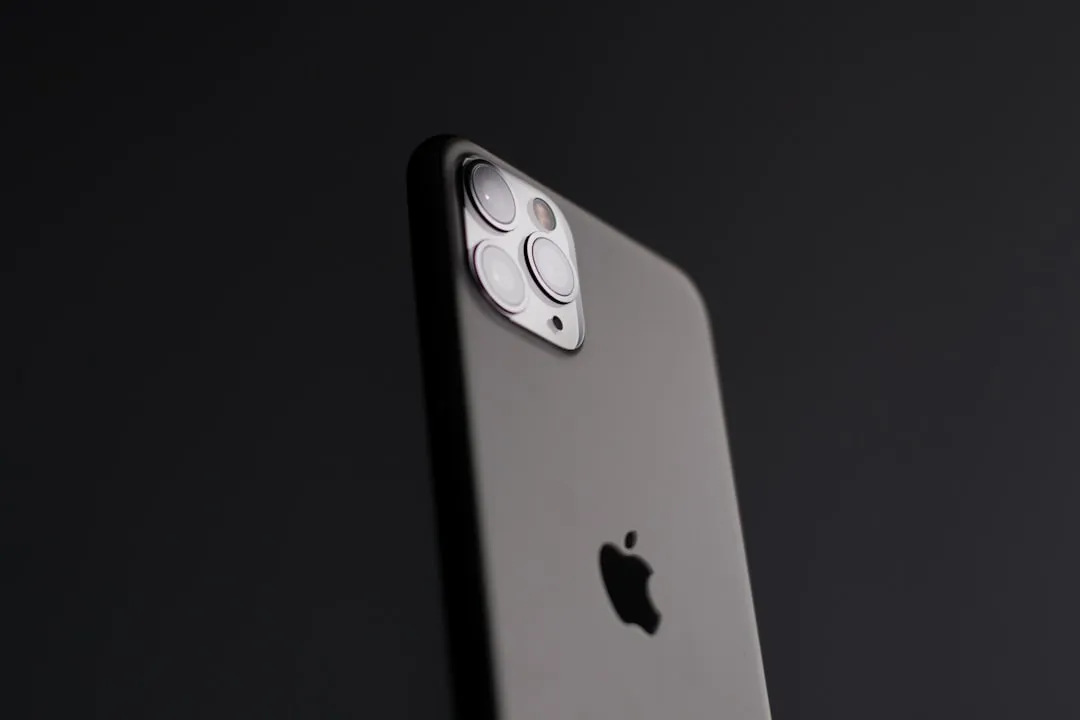


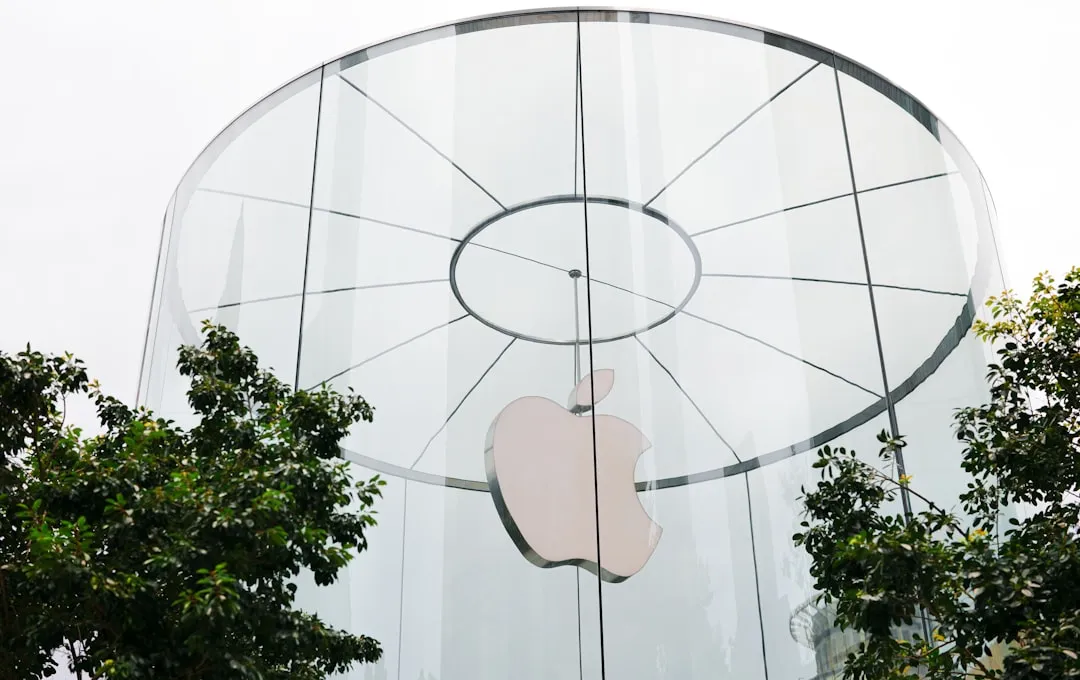
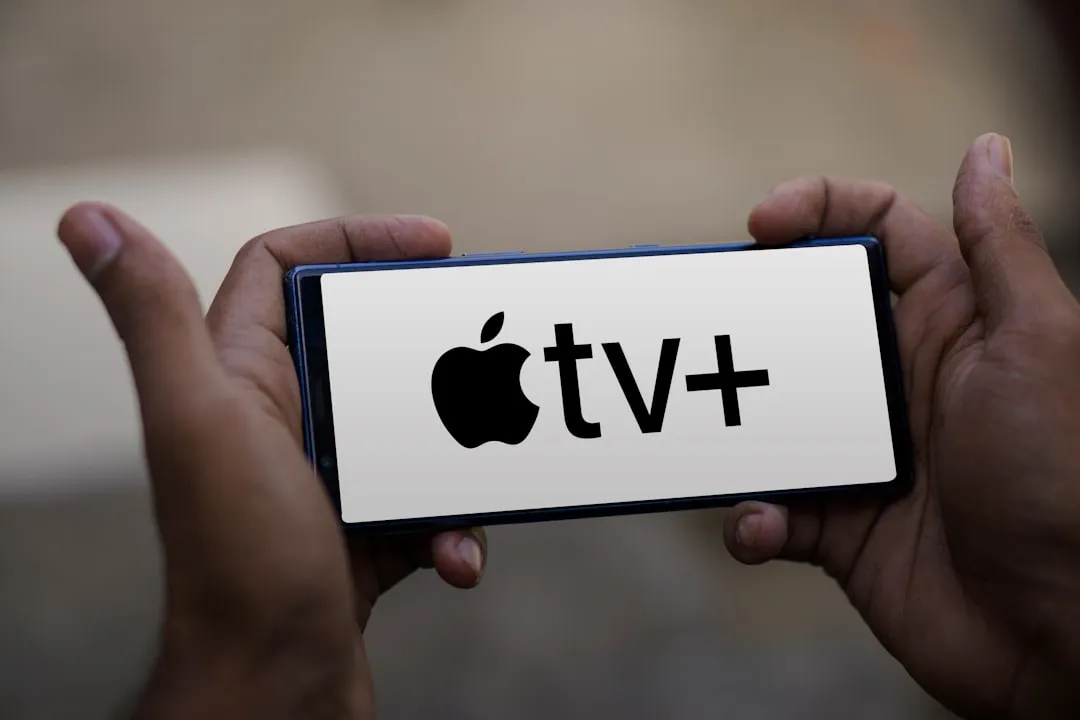


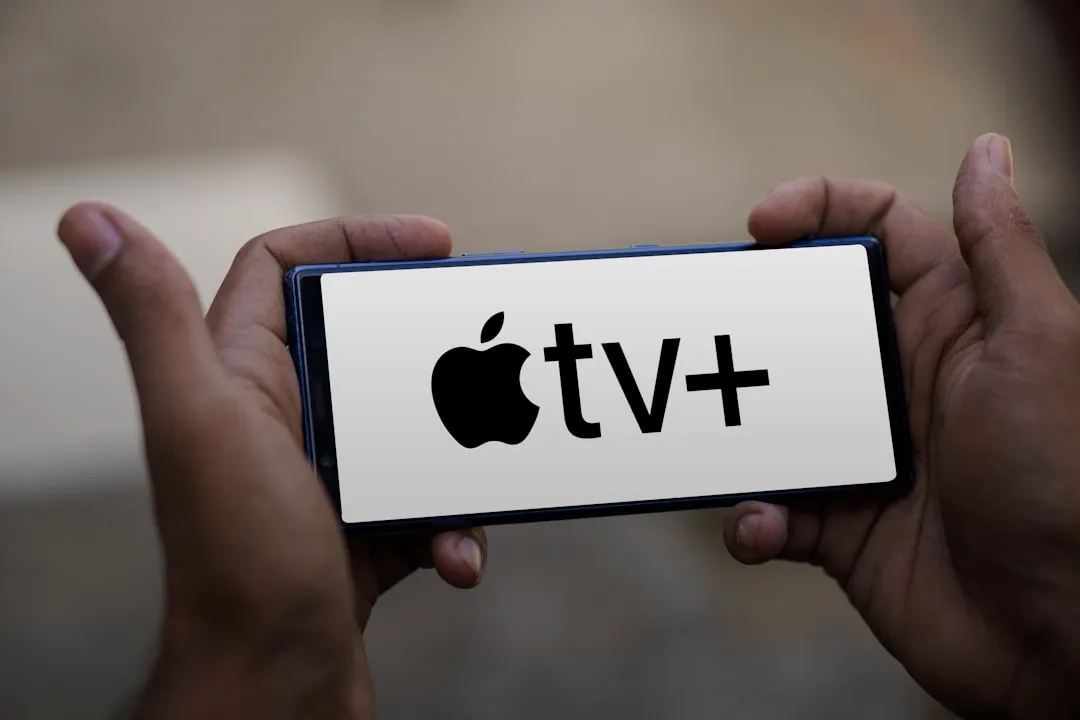

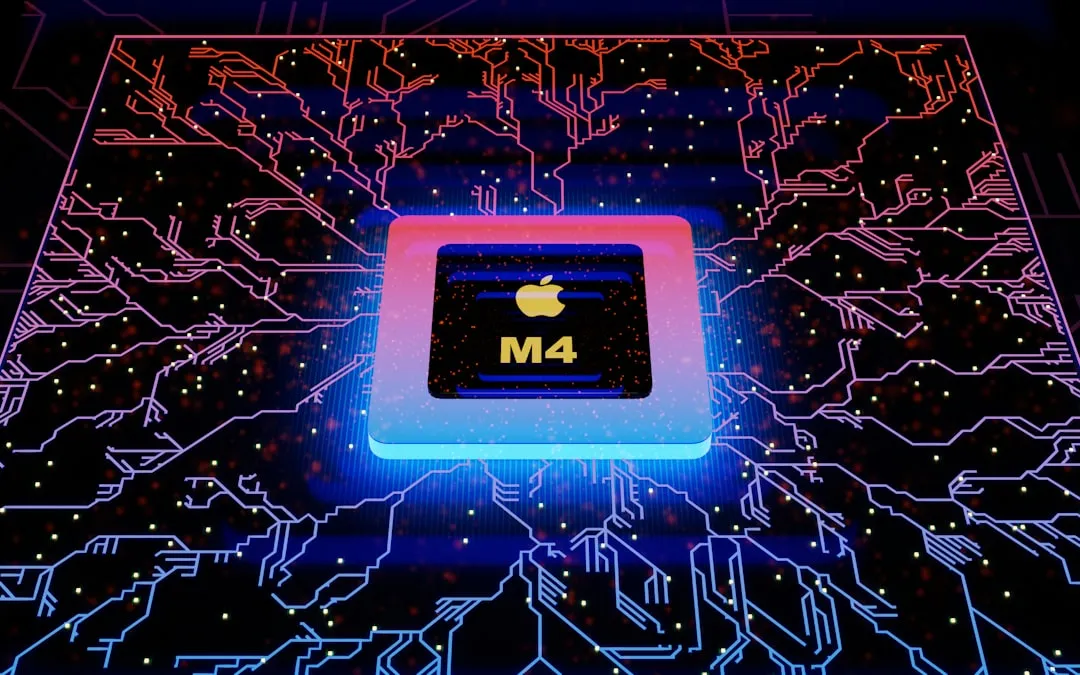
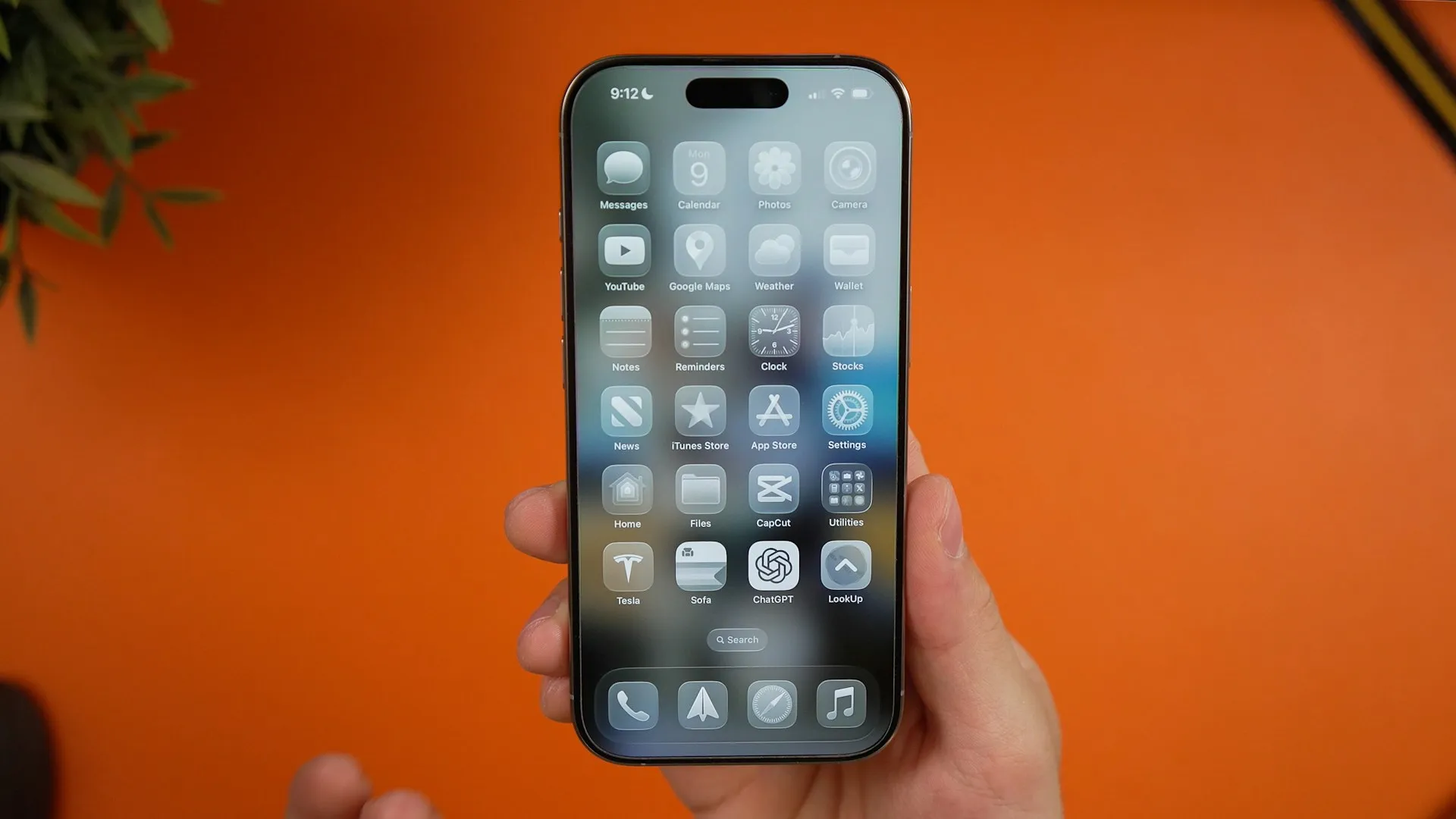

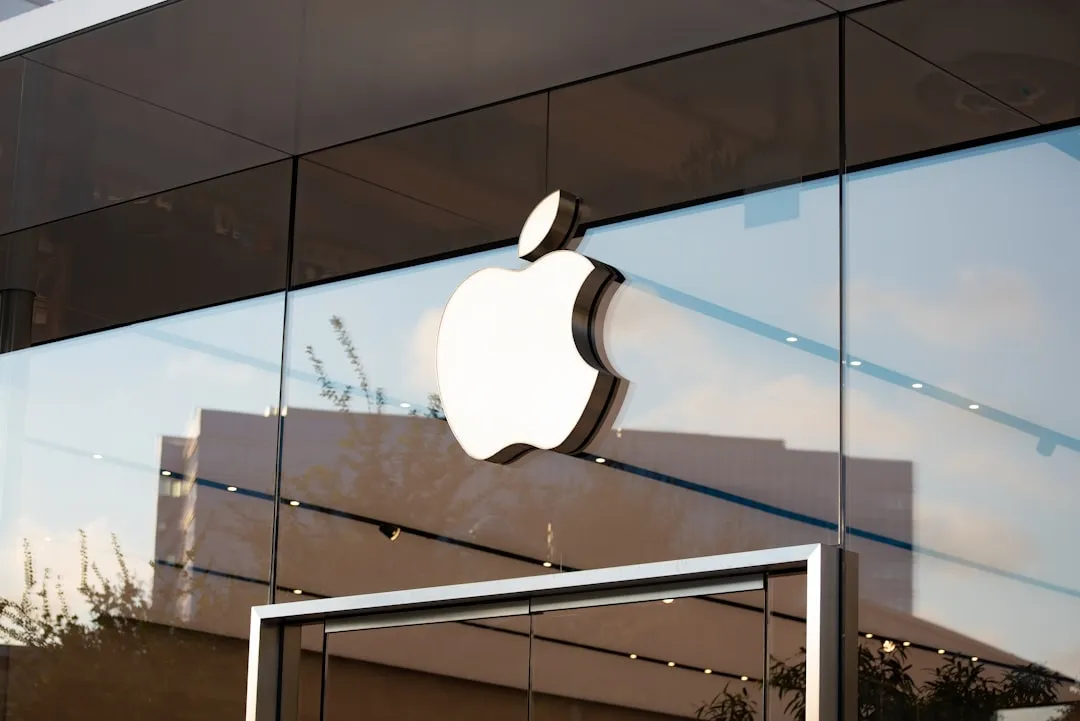



Comments
Be the first, drop a comment!